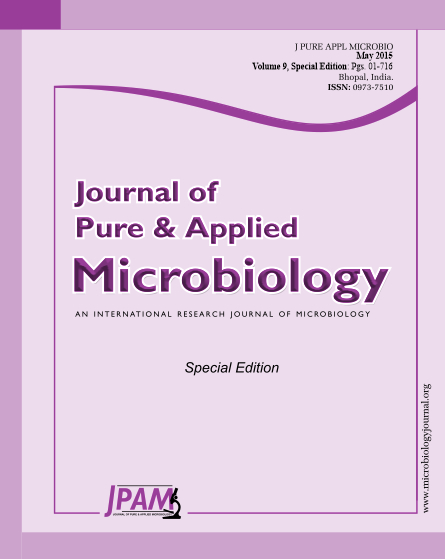Garlic supplements have shown promise in the treatment of various diseases including the urinary bladder toxicity by cyclophosphamide (CP). Aged garlic extract, which contains S-allylcysteine as the bioactive sulfur compound, in particular is standardizable and highly tolerable, with little or no known harmful interactions. Here we describe biologically plausible mechanisms of garlic’s lowering of CP toxicity in urinary bladder compared to purified reduced glutathione that is a cellular antioxidant. Thiols are recognised as key components involved in the maintenance of redox balance. Their antioxidant activity may be both enzymatic and non-enzymatic. Both S-allylcsyteine (SAC) as well as reduced glutathione (GSH) are sulphur containing compounds with antioxidant activity. Administration of SAC and GSH (150 mg/kg/bw) administration in CP treated animals demonstrated comparable lowering of lipid peroxidation as well as increased GSH levels in the urinary bladder. Since oxidative stress mediated apoptosis is associated with CP urotoxicity, these toxic manifestations can be alleviated by use of SAC as we have already shown its mitigating effect on oxidative stress. Immunostaining of urinary bladder sections with Bax, Bcl2, Cytc showed the protection mediated as result of administration of SAC against CP-mediated apoptosis. Thus, the study shows that administration of SAC mitigated CP- induced urotoxicity by controlling oxidative stress and apoptosis in urothelium.
Reduced Glutathione, S-allylcysteine, oxidative stress, apoptosis, protection
© The Author(s) 2015. Open Access. This article is distributed under the terms of the Creative Commons Attribution 4.0 International License which permits unrestricted use, sharing, distribution, and reproduction in any medium, provided you give appropriate credit to the original author(s) and the source, provide a link to the Creative Commons license, and indicate if changes were made.


